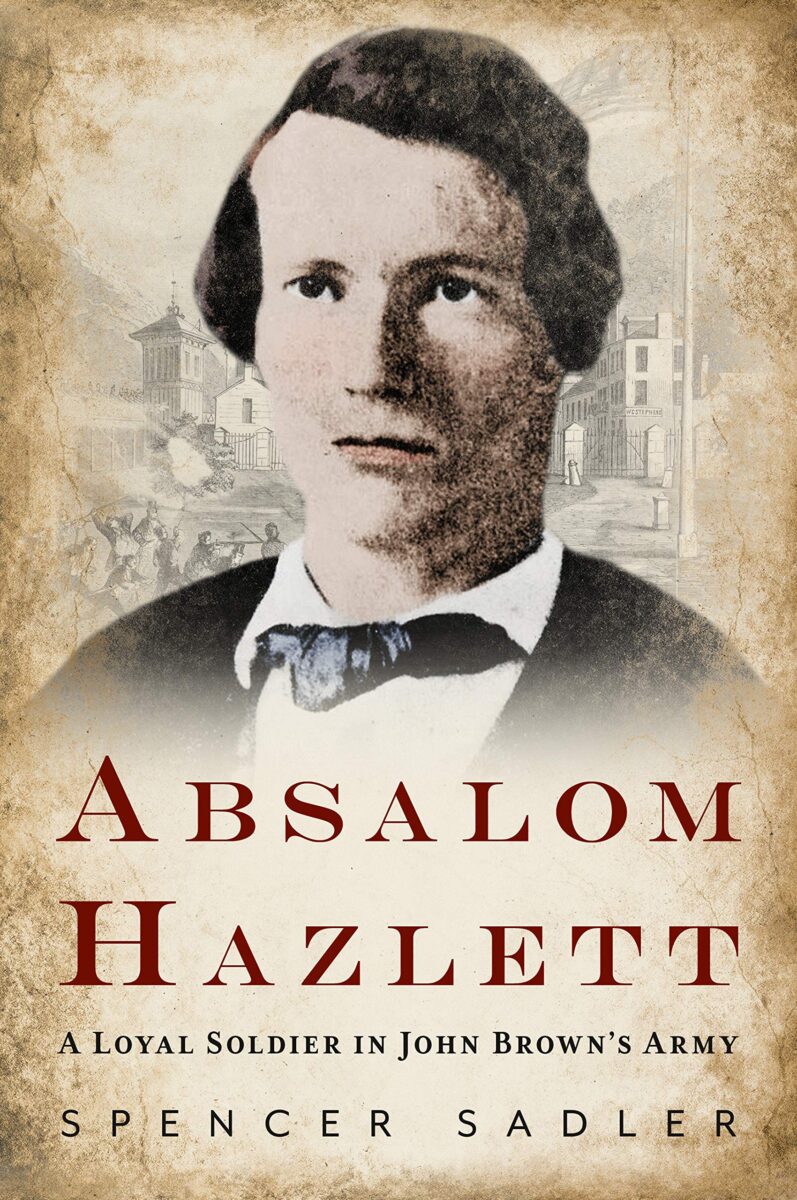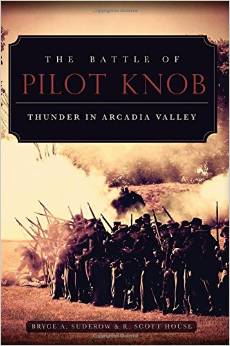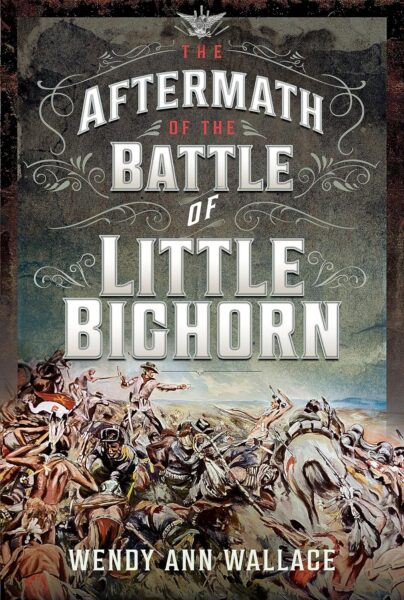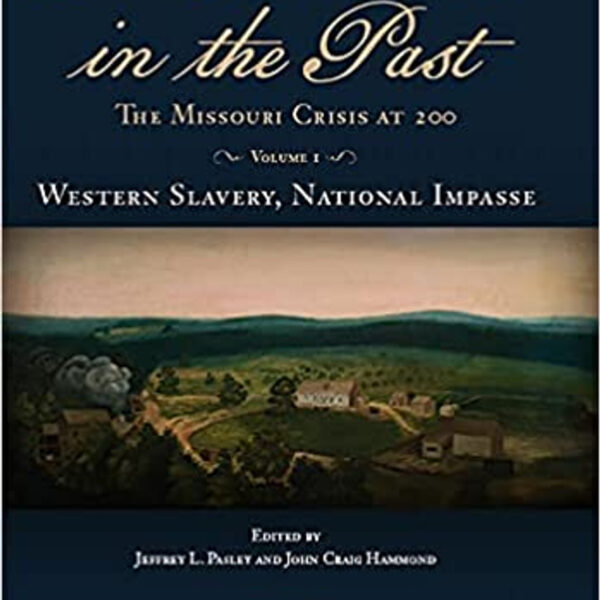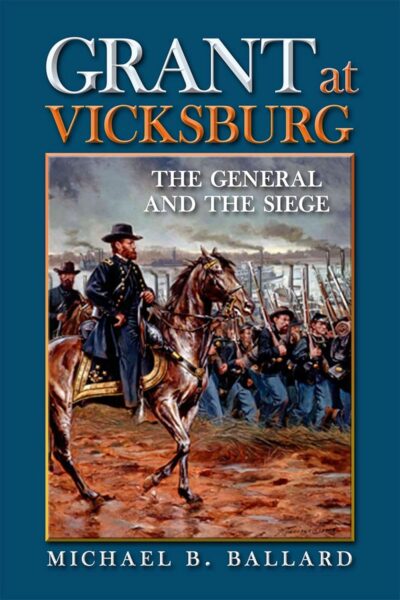Of all the violent incidents foreshadowing the Civil War, few compare to John Brown’s calamitous and controversial raid on Harpers Ferry. In the 160-plus years since, Brown’s story has been told time and again in both historical and folkloric terms, and via increasingly numerous forms of media.
Not often enough are Brown’s loyal legions featured in standalone tales of their own. But the raiders in his ranks played undeniably significant roles. With the new biography Absalom Hazlett: A Loyal Soldier in John Brown’s Army, author Spencer Sadler adequately contextualizes one such figure.
Hailing from Indiana, Pennsylvania, Absalom Hazlett was 22 years old on that defining autumn night. “Albert,” as Hazlett preferred to be called, spent his “teenage years as a troubled youth” and a “ruffian.” Along with two brothers, he ventured west to Kansas amid violent demonstrations throughout the region.
According to Sadler, during this period in the late 1850s, “Hazlett saw that slavery needed to be defeated,” so much so that should he die, he refused to be buried “in slave country.”
Hazlett joined Brown’s company in the summer of 1859, prior to its advance on Harpers Ferry. After the raid commenced on the night of October 16 and began to falter the following day, Hazlett made his flight toward Chambersburg, Pennsylvania. Upon entering the city Hazlett became alert to the fact that bounty hunters were on his heels, causing his hurried escape along train tracks toward Carlisle. He trekked northward on blistered feet.
Sadler guides his readers through Hazlett’s attempt to evade the law and his subsequent capture and pretrial hearing. He engagingly recreates the dialogue during the proceedings that followed, rife with testimony that the author describes as “flimsy.”
Portions of Hazlett’s prosecution essentially “retried Brown’s case, [and] put the institution of slavery on trial,” writes Sadler. Likewise, some of Hazlett’s letters from jail serve as samples of his fight-to-the-death commitment to the antislavery cause, featuring lines such as “I am willing to die in the cause of liberty,” and, “My death will do more good than if I had lived.” Hazlett’s example is so important, Sadler posits, that, “If historians want to point to the incident of Harpers Ferry as the catalyst of the Civil War, then the case of Absalom Hazlett was the specific case that concretely served as a litmus test for the division of the nation.”
In key moments of the book, Sadler has relayed the story in a succinct, clear, and well-written manner using a mix of writer’s skill and firsthand source material. However, occurrences such as Hazlett’s execution and funerals (of which there were two) lose some of their emotional weight by not appearing in chronological order. In fact, the most curious thing about the book’s organization is that it is largely told in reverse sequence, causing it to differ from a usual biography.
An appendix titled “Timeline of Events” at the book of the book helps readers organize dates and chronology, but the unique style may fairly appear awkward and difficult to follow for some readers. By utilizing flashbacks and other traditionally fiction storytelling techniques, the book reads more like the screenplay for an experimental dramatic film or television miniseries, rather than a classic historical monograph.
Sadler describes his style as “creative nonfiction,” leading him to sometimes place conversations in quotations when they may not, in fact, be directly sourced. He provides endnotes for direct uses of historical actors’ words, but, he explains, “Other uncited dialogue was created or hoisted from history for the basic mechanics of story.” Still, he has a proclivity to include large block quotes—many covering nearly a page or more—that are sometimes only tangentially related to the core narrative.
Though its reverse-sequential format is unconventional, in Absalom Hazlett, Spencer Sadler has unearthed and conveyed a valuable story about a captivating and overlooked subject who played a pivotal role in fast-tracking the United States toward its bloodiest epoch.
Codie Eash currently serves as Operations Manager at Seminary Ridge Museum and Education Center in Gettysburg, Pennsylvania. He operates the independent Facebook blog “Codie Eash – Writer and Historian” and is a regular contributor to PennCivilWar.com.
